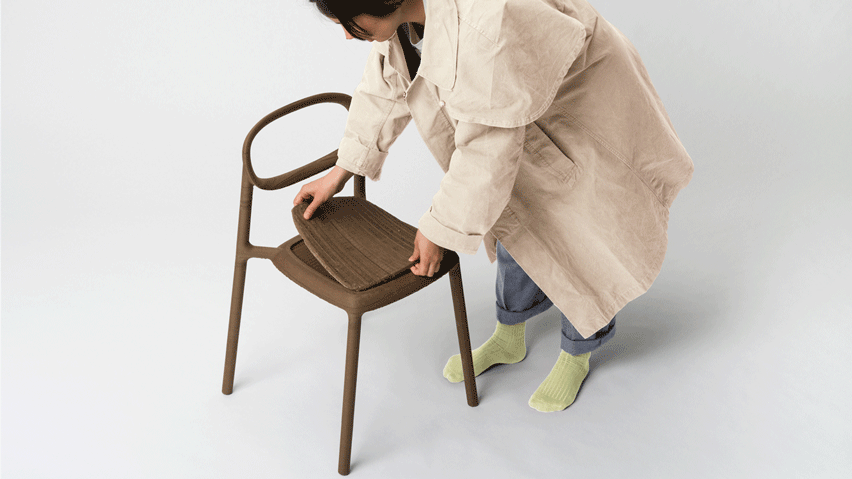Reclaimed Oil Palm, that is, a furniture collection made of palm oil byproducts, using as little material as possible. Bosnian Nataša Perković aims to mitigate the adverse effects of the palm oil industry with her special design furniture.
Palm oil is the most frequently used and popular oil type across the globe. It is used as an energy source, as a component of detergents and cosmetics items, but it also appears in cooking oil, spreads, pizza, ice cream, bread, chocolate, peanut butter and fast food, too, to only mention a few examples. Its manufacturing is, however, very harmful to nature and our environment.
“Currently the oil palm industry is, for the main part, an environmental culprit – responsible for deforestation leading to climate change and loss of wildlife” – told Nataša in her interview with Dezeen. “It’s unlikely that global consumption of palm oil will drop radically, so the challenge is to make production sustainable” – she continued.
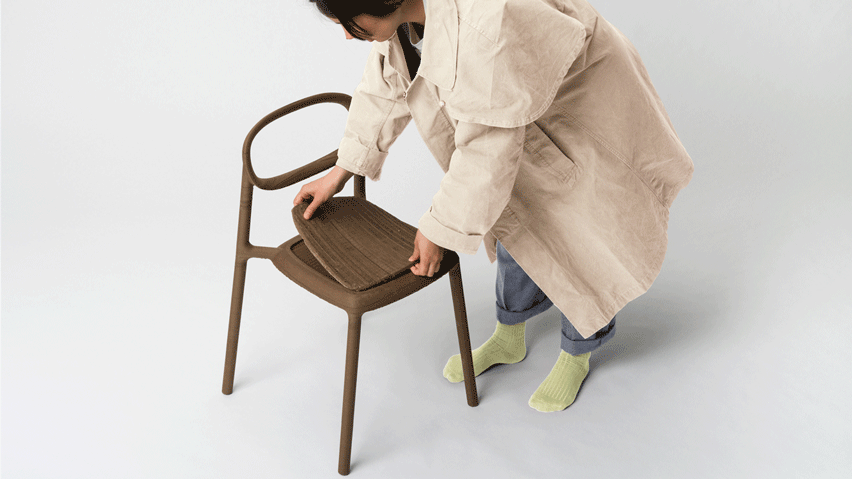
The collection titled Reclaim Oil Palm consists of a chair, three plates and a pendant lamp with clean and simple design, with the features of the material recurring in their texture, too. But how are they manufactured?
The peculiarity of the products lies not only in their material, but in their method of manufacturing, too. Nataša used as little material as possible in collaboration with Kyoto Design Lab for manufacturing each product, with their structural stability in mind in all cases.
“Waste fiber from industrial oil palm processing is a major byproduct in Southeast Asia, but its potential as a design material has yet to be explored”– the designer added.
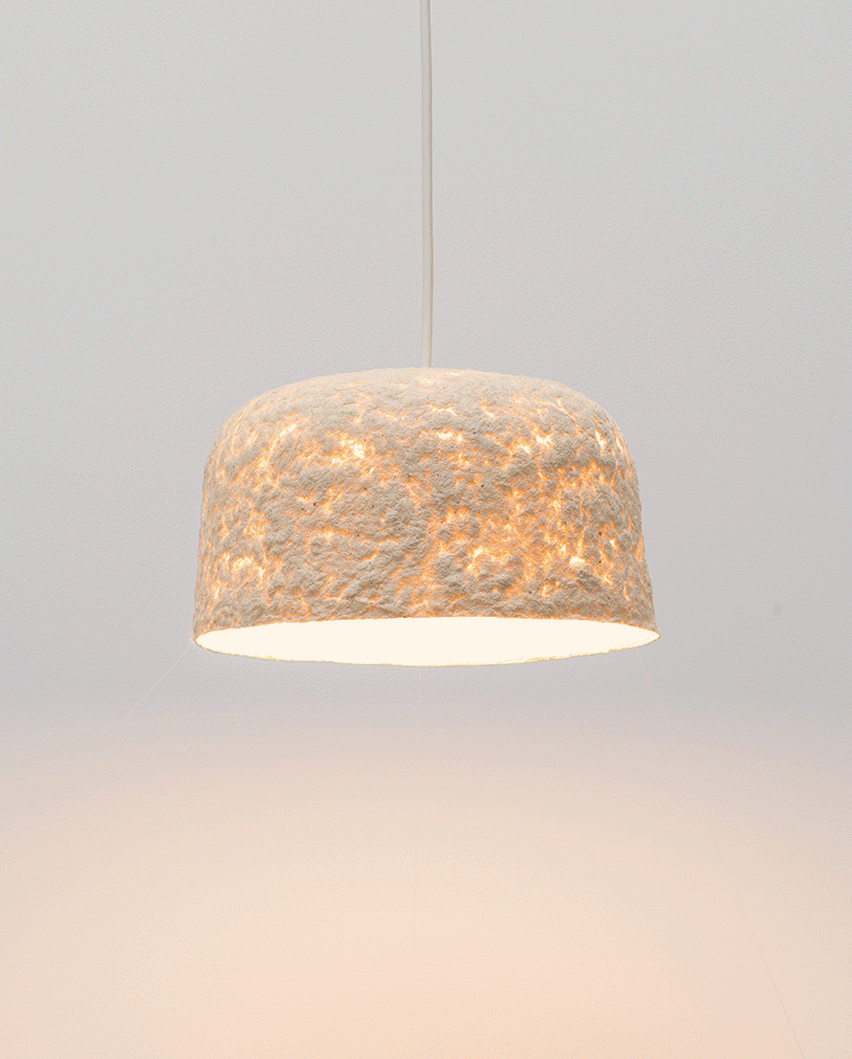
Both high-tech and low-tech production methods were applied in the course of manufacturing the product to showcase the diversity of the material. The high-tech methods were primarily applied when manufacturing the chair: they created a new composite material by combining waste fiber and polylactic acid (PLA), which they then transformed into fibers suitable for 3D printing. This is how the chair was made with the help of 3D printing, with a removeable cushion-like element, enhancing comfort. The latter was created from a blend of oil palm fiber and thermoplastic rubber. Both the chair and its cushioned element are biologically degradable and can be recycled despite their special composition.
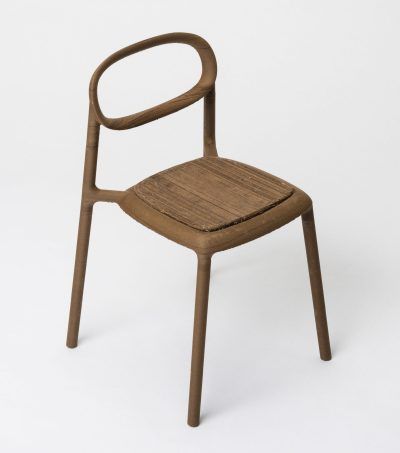
The lamp and the plates were made with traditional methods, by experimenting with paper-making and compression molding techniques. For the purpose of preservation, each product got a carnauba palm tree wax, kakishibu persimmon juice varnish and cashew varnish finish.

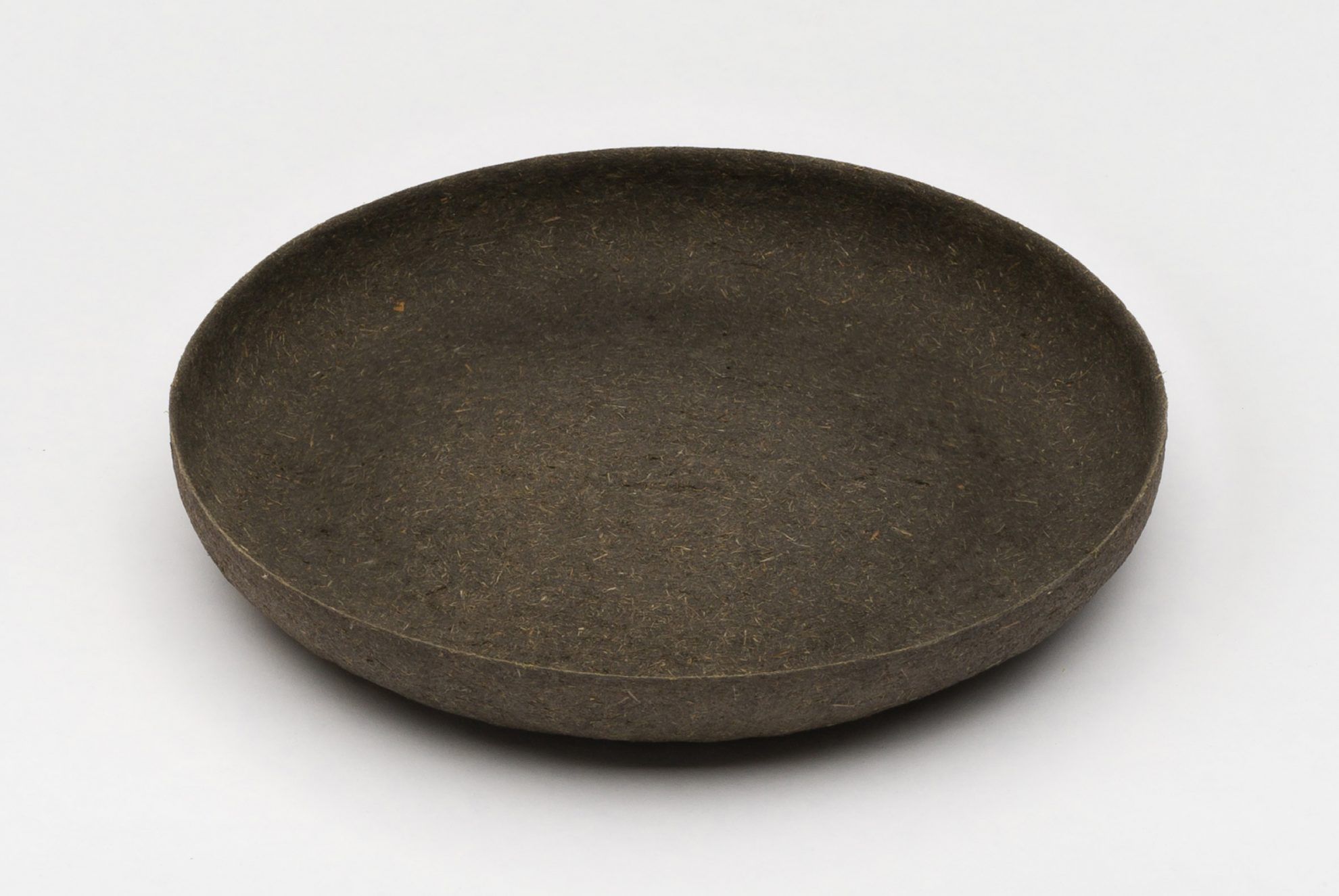
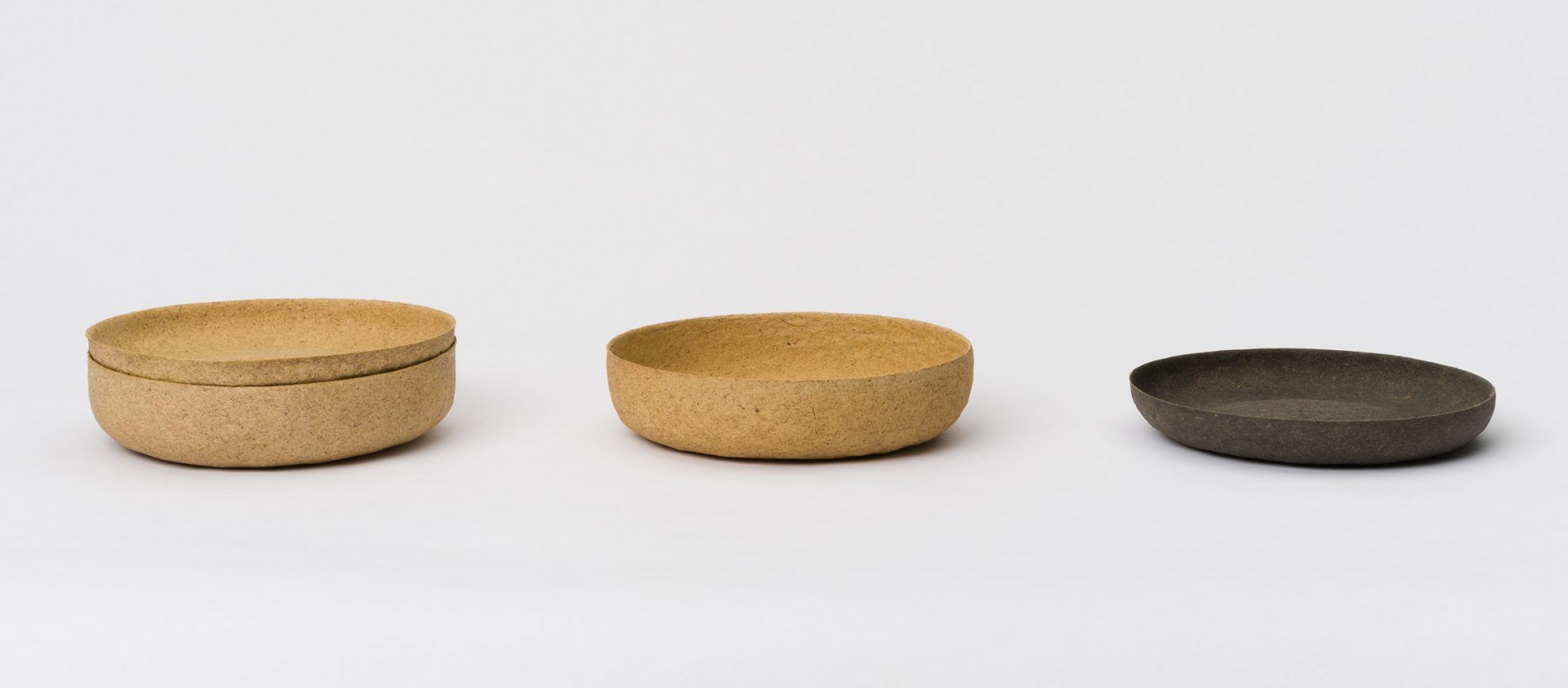
If you are interested in how household objects can be made out of natural materials, read our interview made with Hungarian designer Zsófi Zala, in which we asked her about her project Harm less. Zsófi creates lamps, vases, chairs and bowls of various sizes out of plant waste, orange peel, coffee grounds and pine spikes.
Photos: Tomomi Takano
Source: Dezeen
Nataša Perković | Web | Facebook | Instagram
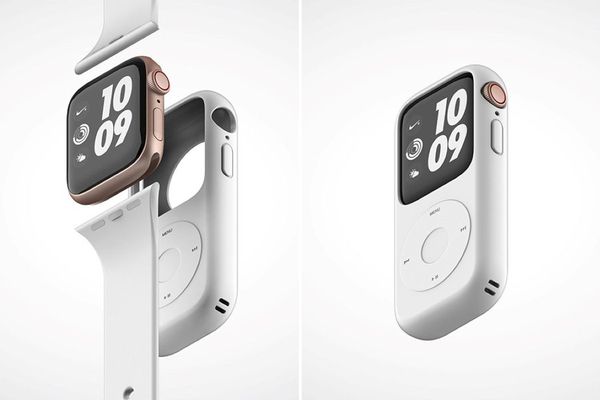
This case lets you disguise your Apple watch as an iPod
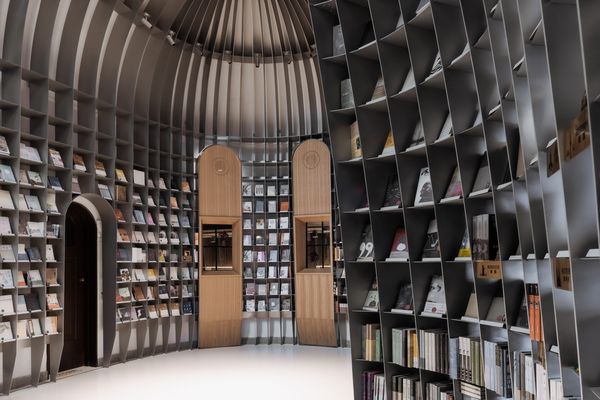
A bookstore in a former orthodox church in Shanghai










